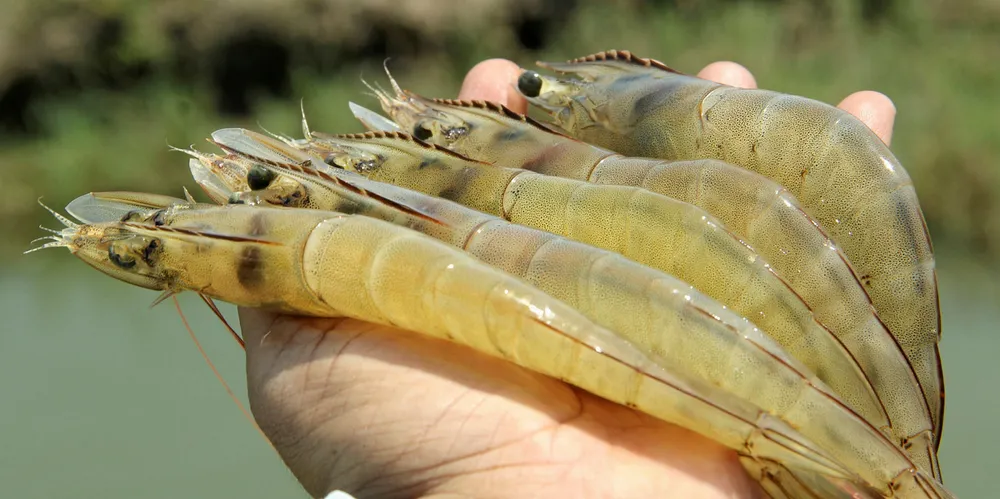The Indian state setting a high bar for shrimp production
Industry veteran, who helped put the state of Gujarat on the shrimp map, has come up with a reduced risk, increased production system for shrimp in the country.

Industry veteran, who helped put the state of Gujarat on the shrimp map, has come up with a reduced risk, increased production system for shrimp in the country.
